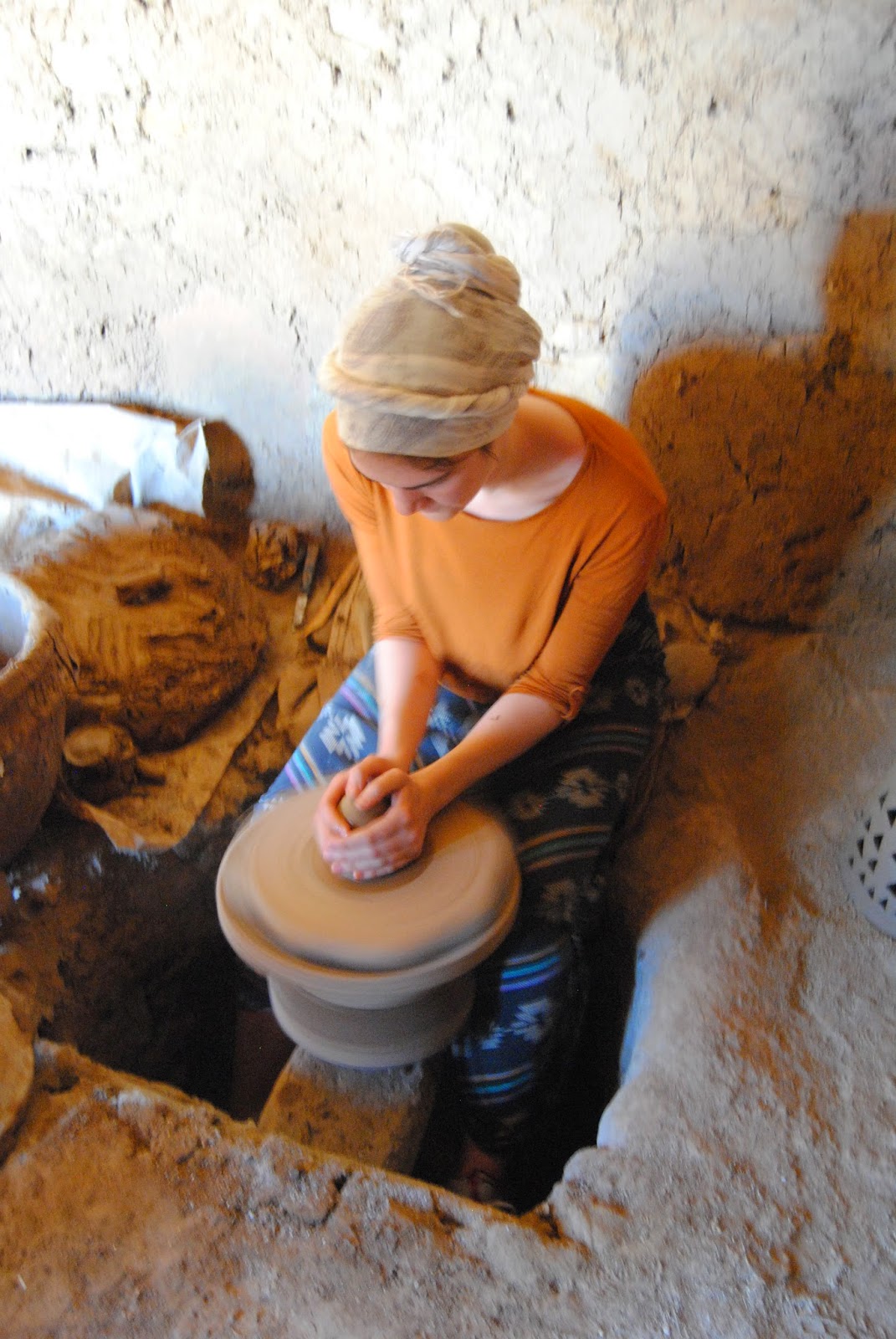Recently there has been increased attention by the media and
the federal government to the high rates of sexual assault and rape on college
and university campuses. As a scholar of gender-based violence, I welcome this
attention and the increased scrutiny of the ways men and women relate to one
another; the institutional procedures in place to prevent violence in the first
place; and the question of whether or not universities are equipped to
adjudicate cases of sexual violence and rape as outlined by the Department of
Education’s Title IX. These are all
important issues to consider as employees and students of institutions of
higher education, and what implications our institutional approach to
addressing sexual violence will have for the wider culture.
The American Anthropological Association (AAA), under the
guidance of Principal Investigator Dr. Jennifer R. Wies of Eastern Kentucky
University, has taken the important step of investigating the scope and scale
of sexual violence and sexual harassment experienced by its members, whether
they are undergraduate students, professors, or practitioners in non-academic
settings. With over 12, 000 members, the AAA is the largest professional
organization for anthropologists, and it has a long and distinguished history.
It also exists in a cultural context where sexual violence and harassment are rife,
and many AAA members have reported instances of abuse and violence in their
institutional settings, laboratories, and off-campus fieldsites in other
studies.
It is a great privilege to be asked by Dr. Wies to
participate in the AAA project to study the rates of sexual violence and sexual
harassment amongst the membership. This
is an opportunity to investigate the university and college settings where
members of the American Anthropological Association (AAA) study and work,
including Quinnipiac University. The
purpose of the AAA sponsored research is to identify the levels of sexual
violence and sexual harassment experienced by members of the AAA in their
university settings, classrooms, workplaces, laboratories, and of-campus
fieldsites (local and international). Once we obtain baseline data on the rates
of violence experienced by our members, we will identify the level of knowledge
members have about institutional procedures and policies in place to address
sexual violence and harassment. Are AAA
members working and studying in settings where the following questions can be
addressed: Is the information about Title IX readily accessible on the
university website? Can students and employees access help and resources via
the website or some other portal? Are there publicly announced and regularly
held trainings and educational seminars on sexual violence and harassment? Does
the university provide prolific educational materials in the form of brochures,
posters, and social media to make students and employees aware of their rights
and responsibilities? Is there a trained victim advocate on campus, and is this
advocate’s presence well publicized and highlighted to students and employees? How
active is the university in seeking out the expertise of campus scholars who
study sexual violence and harassment, and utilizing their expertise as a
resource? How active is the upper administration in messaging the importance of
preventing rape, sexual assault and harassment on campus?
These are questions that are not only important for AAA members
to have the answers to, but any prospective college student and his/her
parents. While the ultimate goal should
be to become a society where rape is outright eliminated, in the meantime
people have a right to know how their institution is working to prevent
violence as well as how the institution support the victims if violence
occurs.
Culture shifts occurs when people are active agents of
change: the more we address, name, and identify the problem, the more likely it
is that people will work against it.
Colleges and universities have for too long hid the problem of sexual
violence and sexual harassment, and that tactic hasn’t been successful in ending
the violence. It is time to try something different.
n.b. It is important to acknowledge that rape and
harassment are crimes that affect all segments of the population, not just
elite college students. While the AAA study specifically identifies experiences
of its members, the research team is staffed by scholars whose work focuses on
gender-based violence in diverse populations, in the United States and
overseas.



























